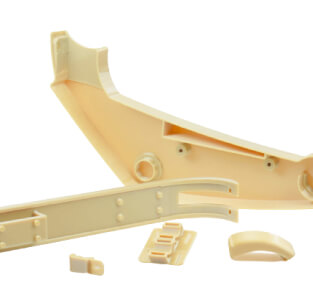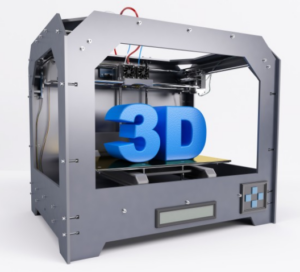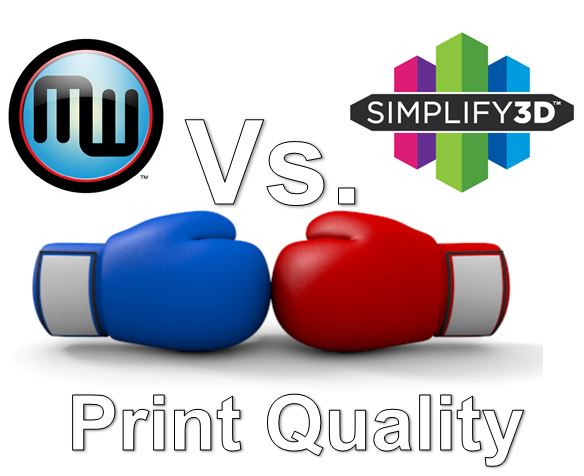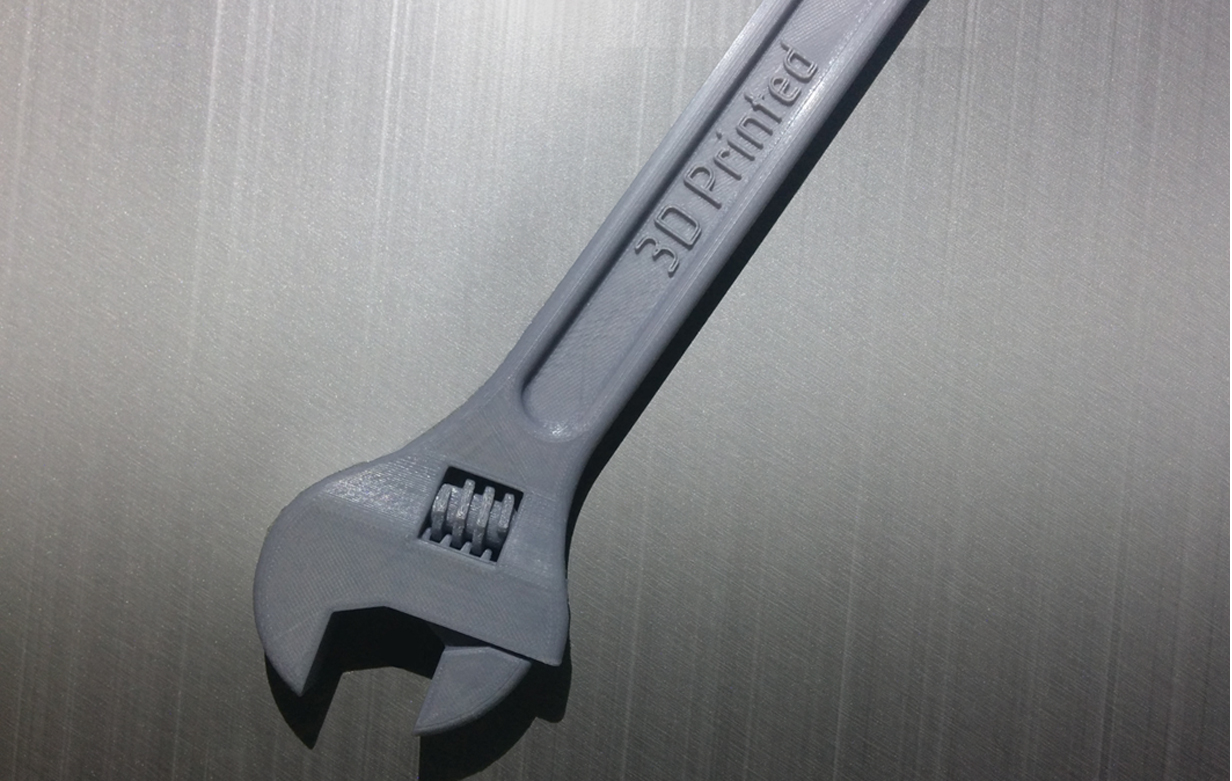PEI (Polyetherimide)
Brief Introduction and History: Polyetherimide, commonly known as PEI, is a high-performance thermoplastic that has gained significant traction in the 3D printing industry. It was first developed in the 1980s by GE Plastics (now SABIC) and has since been widely utilized across various industries, including aerospace, automotive, and medical fields, due to its exceptional mechanical properties and resistance to high temperatures.
Material Composition: PEI is derived from the combination of bisphenol A and aromatic diamines, resulting in a polymer with high heat resistance and excellent mechanical strength. It is also known for its inherent flame-retardant properties, making it a popular choice for applications that require high temperature and flame resistance.
Uses: Common applications for PEI include aerospace components, medical devices, automotive parts, electrical insulators, and various industrial prototypes. Its high-temperature stability and exceptional strength make it ideal for demanding engineering applications.
Best Fit Use: PEI is particularly well-suited for manufacturing aerospace components and medical devices that require sterilization and resistance to harsh chemicals. Its ability to maintain mechanical properties at high temperatures also makes it a preferred choice for industrial applications that involve elevated heat environments.
Detailed Example of Specific Use 1: In aerospace, PEI is extensively used in the production of aircraft interior components, such as seating structures, air ducts, and cabin panels, due to its lightweight nature, flame resistance, and excellent mechanical properties.
Detailed Example of Specific Use 2: Within the medical industry, PEI is employed in the manufacturing of surgical instruments, dental tools, and medical device housings, benefiting from its biocompatibility, sterilizability, and resistance to repeated cleaning and disinfection procedures.
Difference Between Basic and Advanced Forms: The more advanced forms of PEI often feature enhanced impact strength, improved dimensional stability, and enhanced surface finish, making them better suited for precision engineering applications. Advanced variants may also exhibit enhanced processability, allowing for more intricate 3D printing details.
Benefits: The outstanding heat resistance, high strength-to-weight ratio, flame-retardant properties, and biocompatibility make PEI a highly desirable material for 3D printing, especially in applications requiring resilience under extreme conditions and in critical environments.
Drawbacks: One of the main drawbacks of PEI is its relatively high cost compared to other thermoplastics, which may limit its widespread use in certain industries. Additionally, its high glass transition temperature can make it challenging to process with some 3D printing equipment.
Overall Rating for Daily Use: PEI garners a high rating for daily use in professional contexts, particularly in industries where heat resistance, mechanical strength, and flame resistance are imperative. However, hobbyists may find the material’s cost and processing complexities less appealing for casual use.
Future Developments: Ongoing research in the 3D printing industry is focused on optimizing the processability of PEI, reducing production costs, and developing new formulations to further enhance its mechanical properties and surface finish, ultimately widening its potential applications and accessibility in various sectors.







